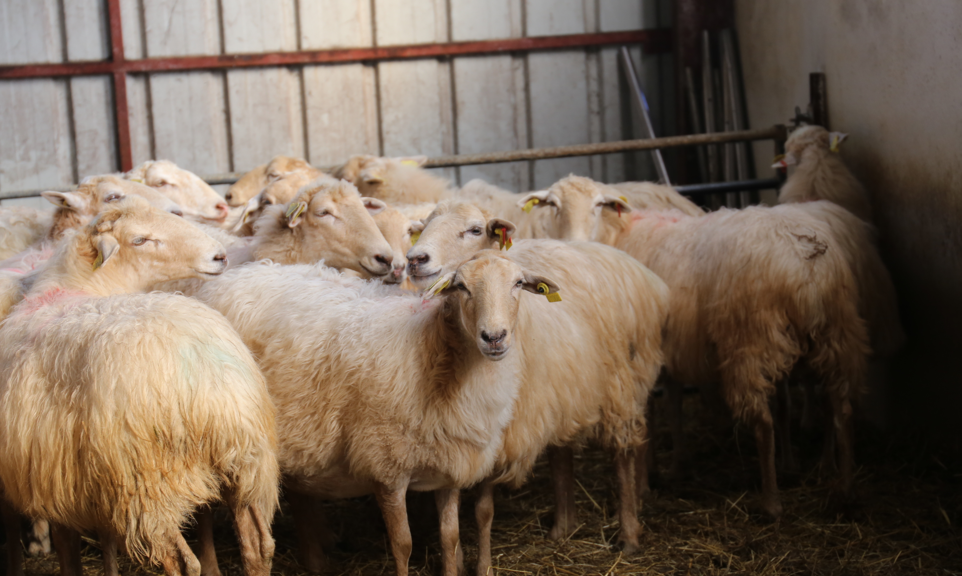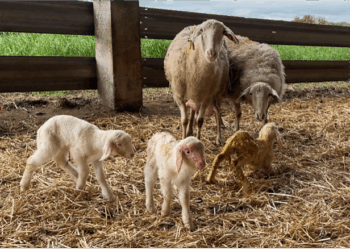Causes of abortions
Abortions in sheep and goats severely affect productivity. They can be a complex problem, as there are both infectious and non-infectious causes.
There are a wide variety of infectious causes, but we can highlight the following aetiologies: Chlamydia abortus , Salmonella Abortusovis, Toxoplasma gondii, Coxiella burnetii, Brucella spp, Campylobacter spp, Leptospira spp, Listeria monocytogenes and Border disease.
Many abortifacient pathogens have zoonotic potential and can affect humans
Action plan

– Identify and isolate affected animals: This is the first thing to do. Affected females are a source of infection for other animals, especially after abortion, when excretion of the pathogen is highest.
– Diagnosis: This is another key point and must be done as soon as possible. The best samples are: placenta and fetuses from recently aborted females, vaginal swabs and/or blood samples.
It is crucial to identify the pathogen to establish the most specific control measures
– Remove remains of abortions: remove fetuses, placentas or other remains. These materials are a source of infection and animals can become infected through inhalation or ingestion.
– Disinfect facilities: especially feeders, drinkers and bedding areas. These sites may be contaminated by remains of abortions. Urine and faeces can also be a source of infection; both from sheep and goats, as well as from other animals that could be a reservoir.
– Carry out vector control and avoid contact with other species: For example, cats play an important role in the Toxoplasma gondii cycle and their population needs to be controlled. Another case would be Campylobacter, which can be transmitted through bird droppings. Proper deworming is also recommended because ticks are a vector of Coxiella burnetii. In case of Brucella spp and Lepstospira spp, it is recommended that sheep and goats do not live together with cattle or pigs.
Avoid the presence of wildlife and pests, as they can be a reservoir of some pathogens

– Vaccination: One of the most important tools to control abortive diseases. Vaccines help us to reduce the clinical signs and excretion of the pathogen.
We must implement a vaccination plan appropriate to each pathogen and situation
– Feed and water control: feed and water stores must be properly protected from the environment and from animal access. A silo in poor condition can be the source of listeriosis.
– Keep a closed herd: avoid bringing in animals from another farm, as they may be the pathogen’s route of entry into our herd. If unavoidable, keep them in quarantine and perform a control test.
Conclusions
Biosecurity and management measures will be essential to control abortions. But more specific measures, such as identifying the pathogen and implementing an appropriate vaccination plan, will also be necessary.
Knowing how to act quickly and correctly will help to reduce the impact of an abortive disease
Article written by:
Tania Peralvarez Puerta. Global Product Manager, Small Ruminants Franchise – HIPRA




